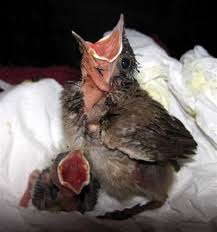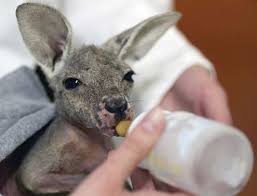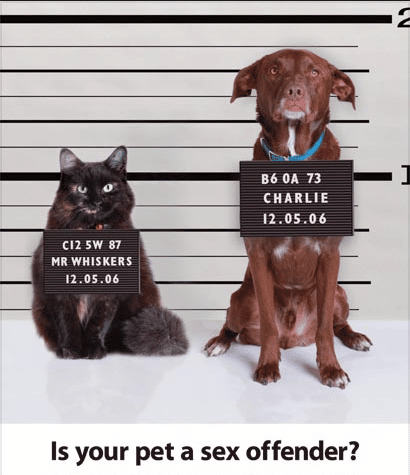 Deciding whether or not to desex your pet can be a big decision to make. Desexing is not only beneficial to your pets but recommended, unless you want to use them for breeding purposes. The procedure between males and females is clearly different and therefore are named differently. To desex a male animal it is called castrating, whereas desexing a female animal is called a spey. The process if castrating an animal involves removing both testicles, as these are vital parts in reproduction and without these male dogs cannot reproduce. Females on the other hand, have a more complex surgery. During the procedure the females undergo a full ovariohysterectomy, which involves removing the ovaries and uterus. Once again these are the vital section of the reproductive system that allow female animals to produce young.
Deciding whether or not to desex your pet can be a big decision to make. Desexing is not only beneficial to your pets but recommended, unless you want to use them for breeding purposes. The procedure between males and females is clearly different and therefore are named differently. To desex a male animal it is called castrating, whereas desexing a female animal is called a spey. The process if castrating an animal involves removing both testicles, as these are vital parts in reproduction and without these male dogs cannot reproduce. Females on the other hand, have a more complex surgery. During the procedure the females undergo a full ovariohysterectomy, which involves removing the ovaries and uterus. Once again these are the vital section of the reproductive system that allow female animals to produce young.
WHY SHOULD I DESEX MY PET?
There are many advantages to desexing both male and female pets. One of the biggest benefits is that is can prevent unwanted offspring and further keep animals out of shelters. In 2012-2013 the RSPCA had a total of 49, 189 dogs and sadly 10, 355 of them were euthanised; in the same year there was a total of 49, 236 cats and 19, 464 were euthanised. Quite regularly rescue organisations such as the RSPCA or Red Collar Rescue are busting at the seams with puppies and kittens; by getting your pets desexed and not allowing them to breed uncontrolled we can help limit the numbers of unwanted and euthanised animals.
Another giant advantage is preventing undesirable behaviour. In male animals this is the biggest advantage as it can prevent them from becoming aggressive, roaming and wandering, marking their territory (spraying for male felines). In females it can also reduce the mood swings when on heat and also limit mess when they are in season.
The most important reason for desexing your pet is the medical benefit. In females desexing at five to six months of age, before they have their first heat can help reduce the risk of them contracting mammary tumours (which is like breast cancer), tumours on the ovaries and uterus and also having a pyometra. A pyometra is a large infection in the uterus, which can be life-threatening and results in the animal being desexed anyway (as this is the only way to fix the infection). In male animals desexing at the recommended age also helps prevent prostatic disease, perianal tumours, and eliminates the risk of testicular cancers. Alongside these preventions, it also helps prevent inter-breeding and hereditary diseases being passed to offspring.
WHAT AGE CAN MY PET BE DESEXED?
The first question most pet owners have is what age they can desex there pet? It is recommended that desexing takes place for both males and females when they five to six months of age. The reason that desexing is recommended at this age is because dogs and cats can reach sexual maturity from as early as six months to eighteen months, depending on the breed. In some rare cases some animals have come into season as early as four months, however this is very uncommon.
WHAT IS INVOLVED?
Upon deciding to book your pet in for desexing, they will need to be admitted to hospital (come into the clinic). On arrival there will be a short consult with a veterinarian to ensure all vital signs are okay and to go through the surgery consent form. At this stage you (as the owner) will be able to decide on what extra things you would like your pet to have whilst having the procedure completed. The first option is a pre-anaesthetic blood test; which will ensure all of the main internal organs are functioning well and will be able to handle the anaesthetic. The second option is to have your pet on intravenous fluids whilst the surgery is taking place, which will assist maintaining homeostasis in the body. The third option is to allow the staff to give you pet extra analgesia medication (pain relief). Another option is to have you pet microchipped or vaccinated, if they have not previously been done. Lastly an Elizabethan collar or commonly known as the bucket of shame, which will prevent your pet from being able to chew their sutures.
After consultation with a veterinarian, you pet will be admitted to a hospital cage and sedated, ready for their procedure.
WHAT DO I HAVE TO DO AFTER?
Desexing is generally a day surgery unless there are further complications or requests. Therefore your little ones can be picked up in the afternoon, as this will allow them enough time to wake up from surgery. Upon going home your pet probably won’t want to eat as nausea is commonly associated after an anaesthetic. They will also have to be kept quiet for ten days and no swimming or bathing until sutures are removed. You will also need to keep a close eye on them to ensure there is no chewing of the sutures either. You pet would love to just go home to a nice, quiet warm place and sleep.
At the clinic we do routine desexing from Monday through to Friday. Please phone the clinic today and enquire about your pets!

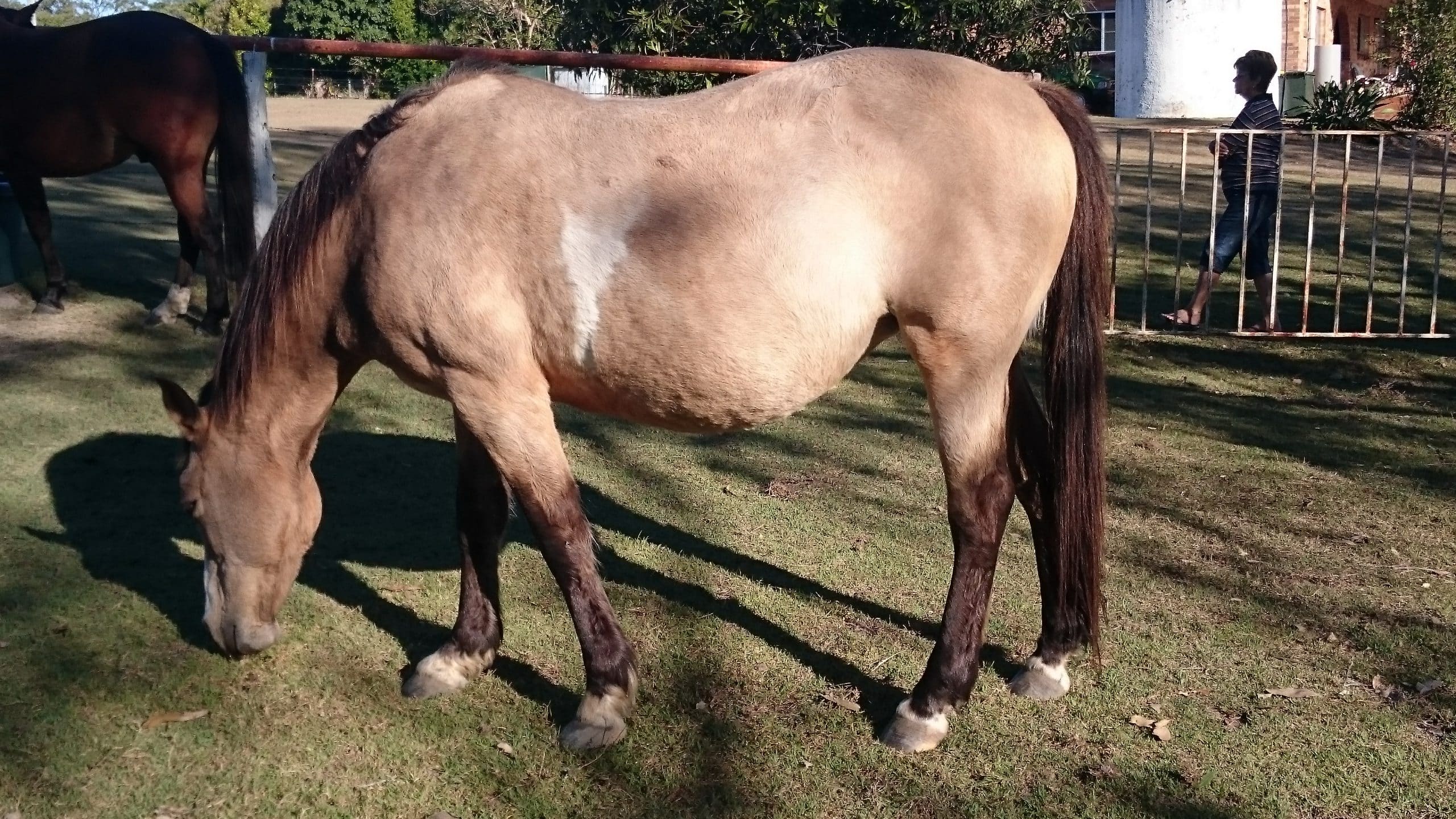 For those of you who regularly read our blogs, you would have already read that “Reckless”, a 20 year old mare belonging to our nurse Nic, is pregnant. She is due on approximately 28 October this year. She is currently about 170 days into her pregnancy. In the photo above she is at around 165 days.
For those of you who regularly read our blogs, you would have already read that “Reckless”, a 20 year old mare belonging to our nurse Nic, is pregnant. She is due on approximately 28 October this year. She is currently about 170 days into her pregnancy. In the photo above she is at around 165 days.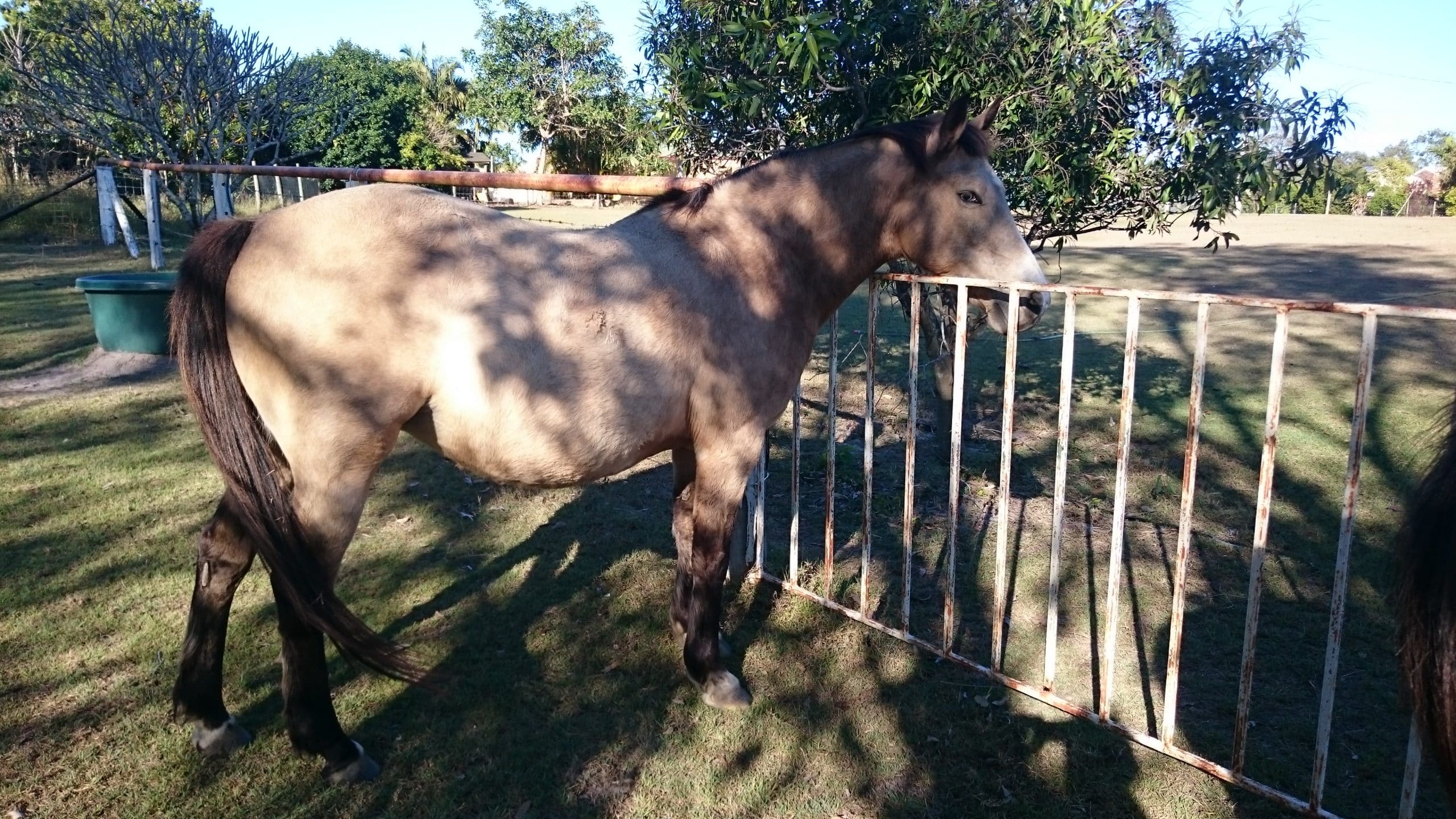 <
<

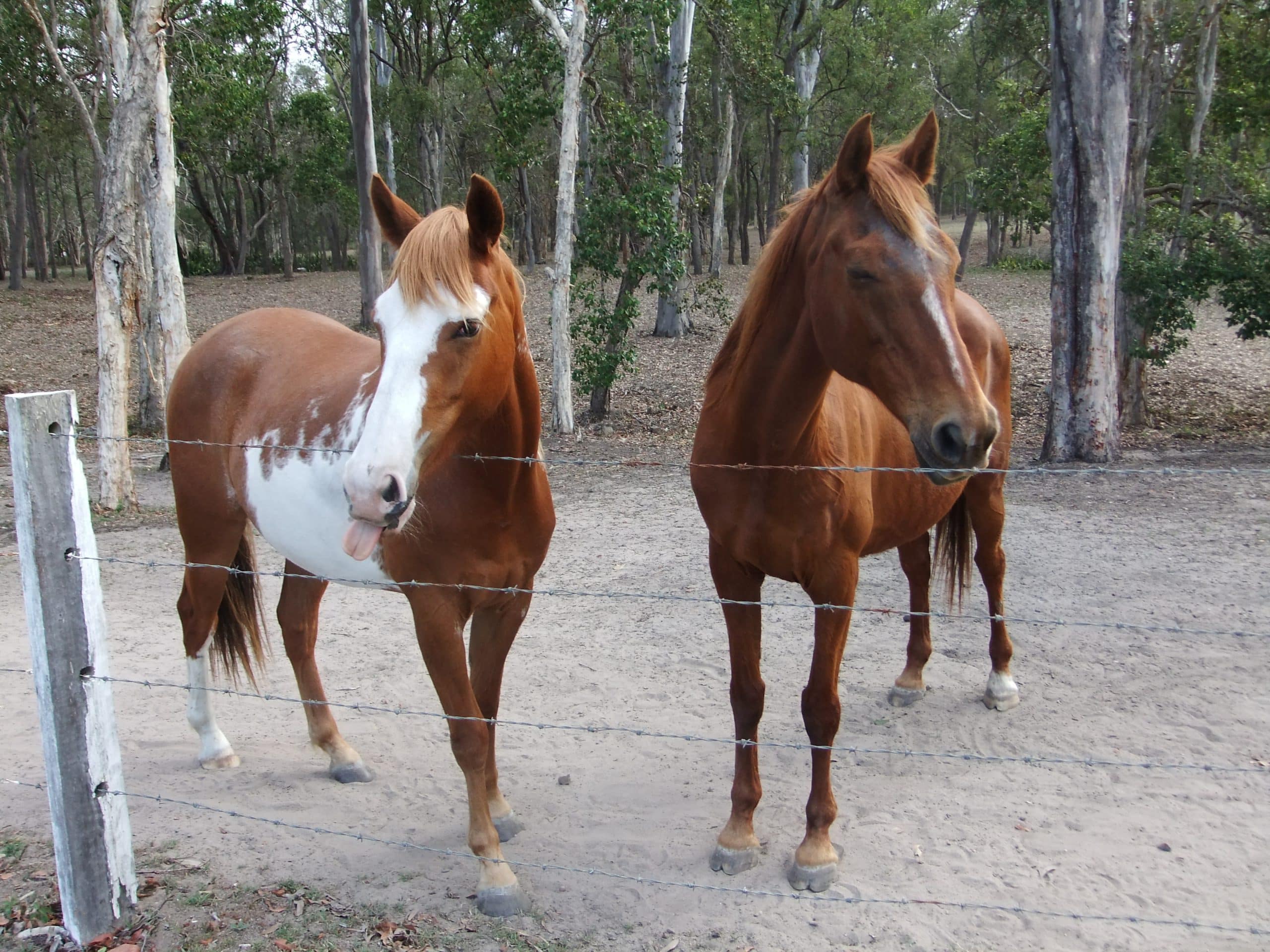

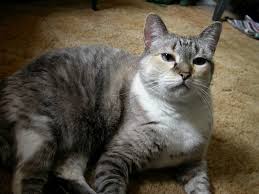
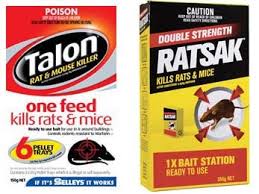 With winter here, temperatures are dropping and this often causes mice and rats to head indoors in search of food. If you are unlucky it will be your house they decide to call home. Most of us tackle this problem by setting traps and putting out rat baits as no-one wants to share their home with these rodents. Unfortunately if the appropriate precautions are not taken your pet could be the one who ends up taking the bait, resulting in their possible death.
With winter here, temperatures are dropping and this often causes mice and rats to head indoors in search of food. If you are unlucky it will be your house they decide to call home. Most of us tackle this problem by setting traps and putting out rat baits as no-one wants to share their home with these rodents. Unfortunately if the appropriate precautions are not taken your pet could be the one who ends up taking the bait, resulting in their possible death.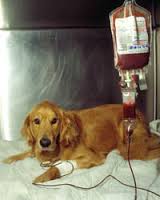
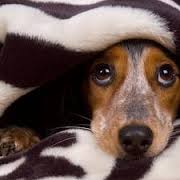
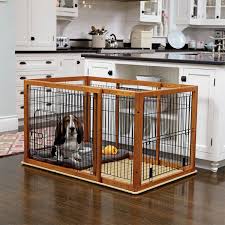
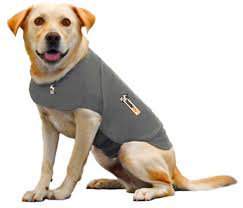
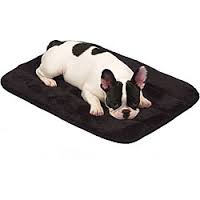 It is also very important to consider providing them with a dog bed that is not in direct contact with the ground such as the hessian dog beds (see below) or the snooza type beds. These beds are great for both winter and summer as in the warmer months, air can circulate beneath them, thereby keeping your pet cooler whilst in the winter months, the dog is not in direct contact with the cold, and often wet, ground.
It is also very important to consider providing them with a dog bed that is not in direct contact with the ground such as the hessian dog beds (see below) or the snooza type beds. These beds are great for both winter and summer as in the warmer months, air can circulate beneath them, thereby keeping your pet cooler whilst in the winter months, the dog is not in direct contact with the cold, and often wet, ground. Dog coats and jackets are also a very effective way of keeping your dog warm while they are outside in the winter months, and they can be a great fun way of expressing your pet’s personality. We have just brought in a great range of coats in a variety of styles, colours and sizes. To measure your dog for a coat, you can either bring him/her in and our friendly staff can help you to choose the correct size, or you can measure your dog from the base of the neck to the base of the tail to get the measurement you will need. See the photo below for instructions.
Dog coats and jackets are also a very effective way of keeping your dog warm while they are outside in the winter months, and they can be a great fun way of expressing your pet’s personality. We have just brought in a great range of coats in a variety of styles, colours and sizes. To measure your dog for a coat, you can either bring him/her in and our friendly staff can help you to choose the correct size, or you can measure your dog from the base of the neck to the base of the tail to get the measurement you will need. See the photo below for instructions.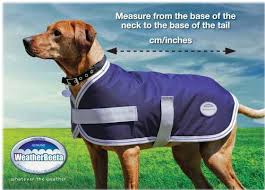 Exercise is also important because it will get your dog’s blood circulating more rapidly which in turn stops them getting too cold. This can also mean increasing their food intake during winter, as they use more energy keeping warm.
Exercise is also important because it will get your dog’s blood circulating more rapidly which in turn stops them getting too cold. This can also mean increasing their food intake during winter, as they use more energy keeping warm.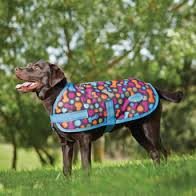
 Deciding whether or not to desex your pet can be a big decision to make. Desexing is not only beneficial to your pets but recommended, unless you want to use them for breeding purposes. The procedure between males and females is clearly different and therefore are named differently. To desex a male animal it is called castrating, whereas desexing a female animal is called a spey. The process if castrating an animal involves removing both testicles, as these are vital parts in reproduction and without these male dogs cannot reproduce. Females on the other hand, have a more complex surgery. During the procedure the females undergo a full ovariohysterectomy, which involves removing the ovaries and uterus. Once again these are the vital section of the reproductive system that allow female animals to produce young.
Deciding whether or not to desex your pet can be a big decision to make. Desexing is not only beneficial to your pets but recommended, unless you want to use them for breeding purposes. The procedure between males and females is clearly different and therefore are named differently. To desex a male animal it is called castrating, whereas desexing a female animal is called a spey. The process if castrating an animal involves removing both testicles, as these are vital parts in reproduction and without these male dogs cannot reproduce. Females on the other hand, have a more complex surgery. During the procedure the females undergo a full ovariohysterectomy, which involves removing the ovaries and uterus. Once again these are the vital section of the reproductive system that allow female animals to produce young.
